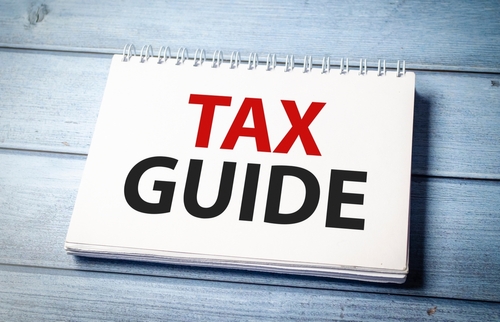 Now is the time of year to do everything you can to minimize taxes and maximize your financial health with proper year-end planning. In this article, we’ll look at several actions to consider taking before the end of 2022.
Now is the time of year to do everything you can to minimize taxes and maximize your financial health with proper year-end planning. In this article, we’ll look at several actions to consider taking before the end of 2022.
Thoughtfully Harvest Losses and Gains Before Year-End
Tax loss harvesting by selling securities at a loss to offset capital gains is a classic year-end planning strategy. Just make sure not to violate the wash sale rules. This means you can’t buy back the same security or a substantially identical one within 30 days of the sale.
Reinvest Capital Gains into Opportunity Zones
Another way to offset capital gains is to reinvest those gains into a qualified opportunity fund (QOF). To be eligible, you must make the investment within 180 days of the sale of the asset-bearing gains. QOF investments allow you to defer the recognition of the capital gains tax on the original investment. The details and exact rules can be tricky, so it’s best to check with your tax advisor before making this type of transaction.
Consider Installment Sales Where Applicable
When a taxpayer sells a private asset such as real estate, a business, or private equity in exchange for a series of payments over multiple years through a promissory note, this can constitute an installment sale. Installment sales are generally taxed with each payment representing a portion of the proceeds; return of basis, interest, and gain are recognized over the life of the note
There are situations in which installment sales can be structured so that gains are not recognized until principal payments are recouped. If you are considering selling an asset via an installment sale this year-end or next, consult with your tax advisor to determine if it’s possible to structure the sale to defer gains.
Funding Retirement
If you can contribute to a retirement account, now is the time to see if you need to make additional contributions or top-up to the full amount allowable. As you review your situation, keep in mind the annual maximum contribution limits for 2022.
- IRAs – $6,000. If you are 50 or older, it’s $7,000.
- 401(k)s/403(b)s — $20,500. If you are 50 or older, it’s $27,000
Also, converting assets from a traditional IRA to a Roth IRA may be a smart move if: you believe your tax rate will be higher in the future; you can afford to pay the taxes now with spare cash; and you don’t plan to leave the IRA assets to charity.
Take Your Required Minimum Distributions
The annual deadline to take required minimum distributions (RMD) from your own or inherited retirement accounts is Dec. 31, 2022. It’s important to take RMDs because there is a 50 percent penalty on amounts not distributed. The amount needed to be taken were determined on Dec. 31, 2021, even though the value of the investment has likely fluctuated significantly since that time. RMDs are based on a calculation of age and amount of assets. There are online calculators to help you figure out the amount you need to take.
Some taxpayers believe that the deduction for charitable donations is no longer applicable to them since it can be hard to make donations large enough to exceed the standard deduction. One strategy to overcome this challenge is to cluster your donations. Instead of making equal gifts every year, consider making more substantial gifts all in one year instead.
When it comes to making donations around year-end, it’s important to understand the rules on timing and when a gift is effectively deemed given for tax purposes. Here are the basic rules on timing of charitable donations.
- To give to charity by check => the date the check is mailed
- Gifts of stock certificates => when the transfer occurs, according to the issuer’s records
- Gifts of stocks by electronic transfer => when the stock is received, according to the issuer’s records
- Gifts by credit card => date the charge is made
Conclusion
As we enter the final part of the year, now is the time to take stock of your financial and tax situation to see if there are any moves you can make to minimize your 2022 tax liabilities and maximize your wealth.





